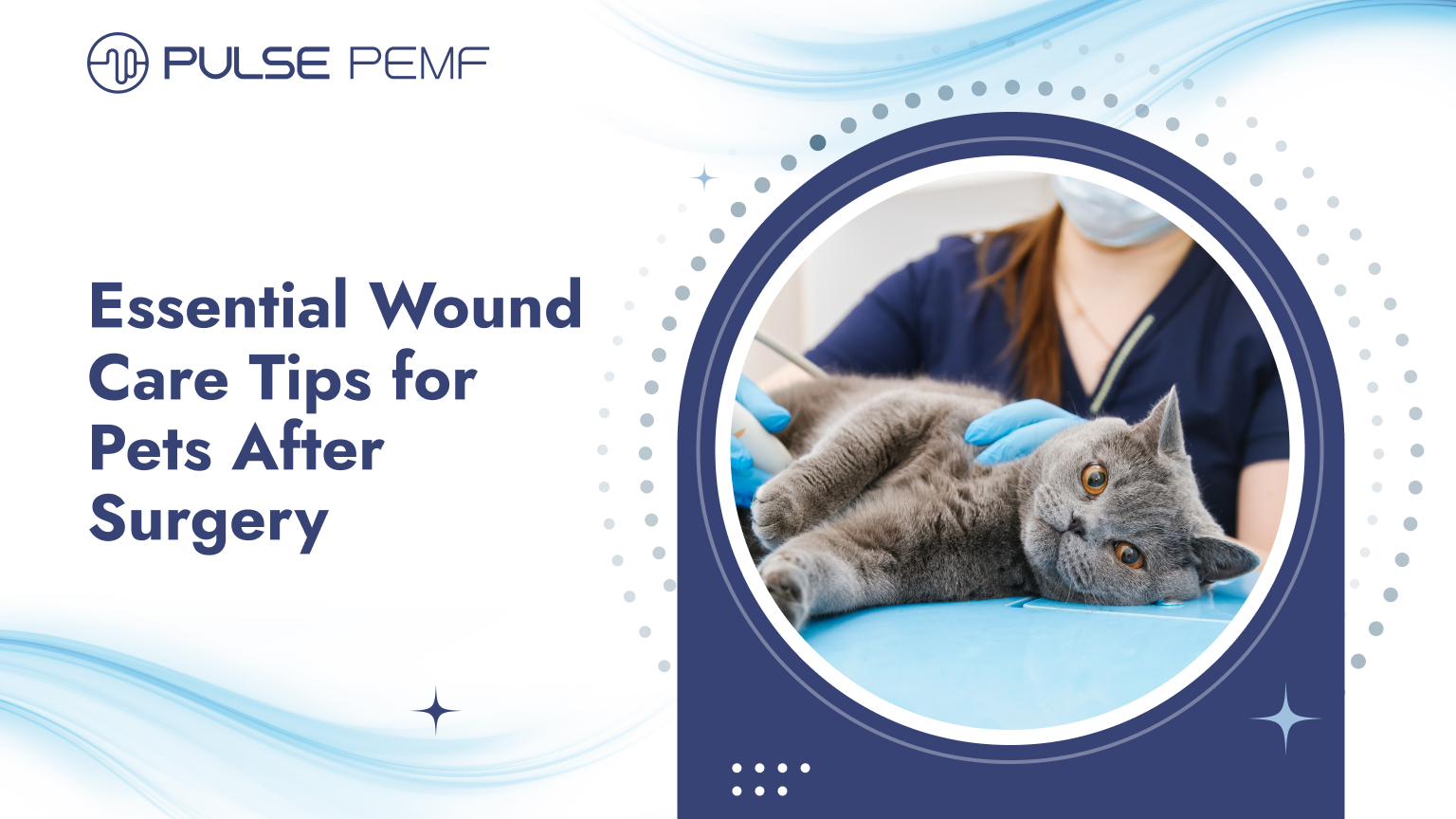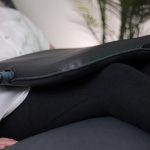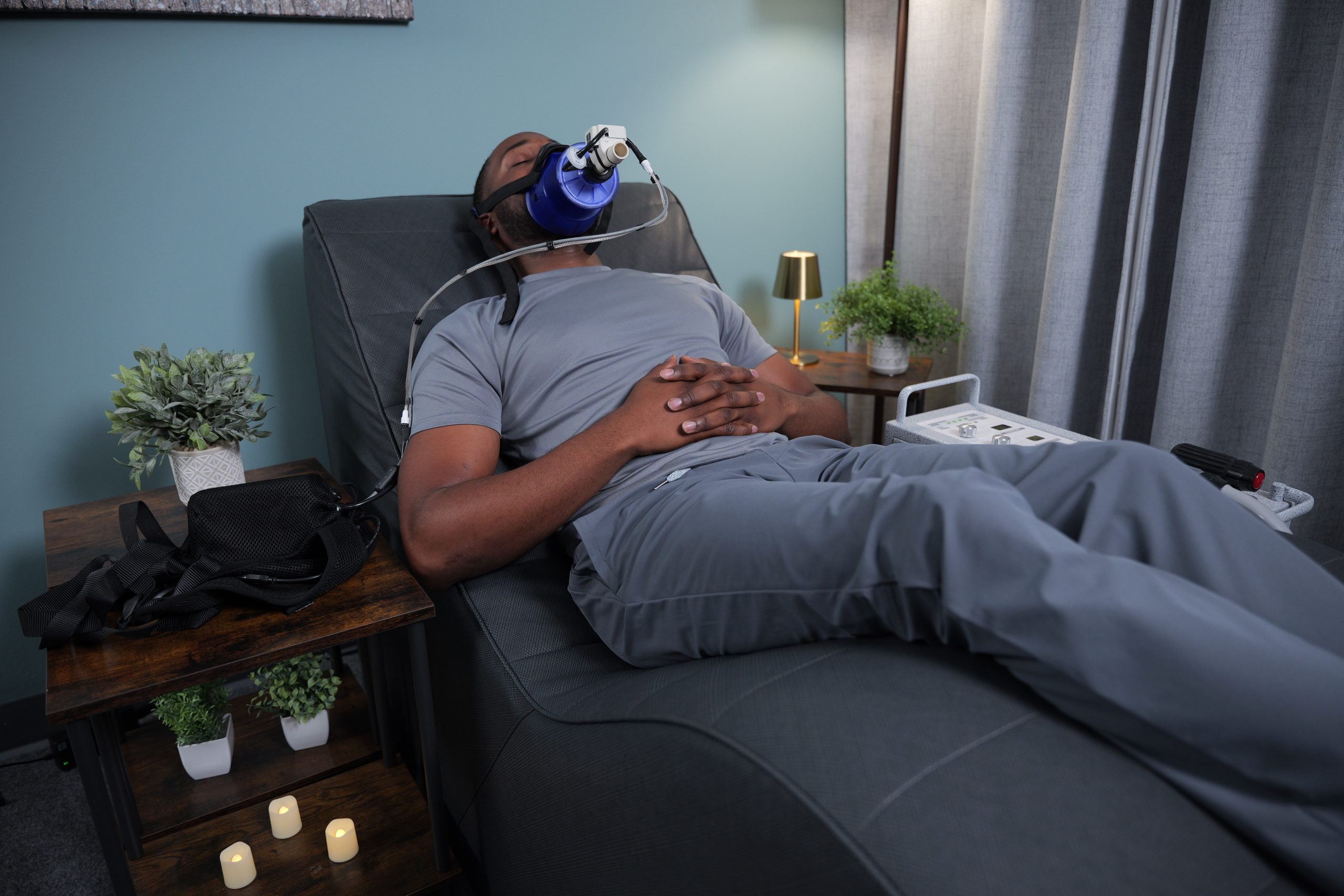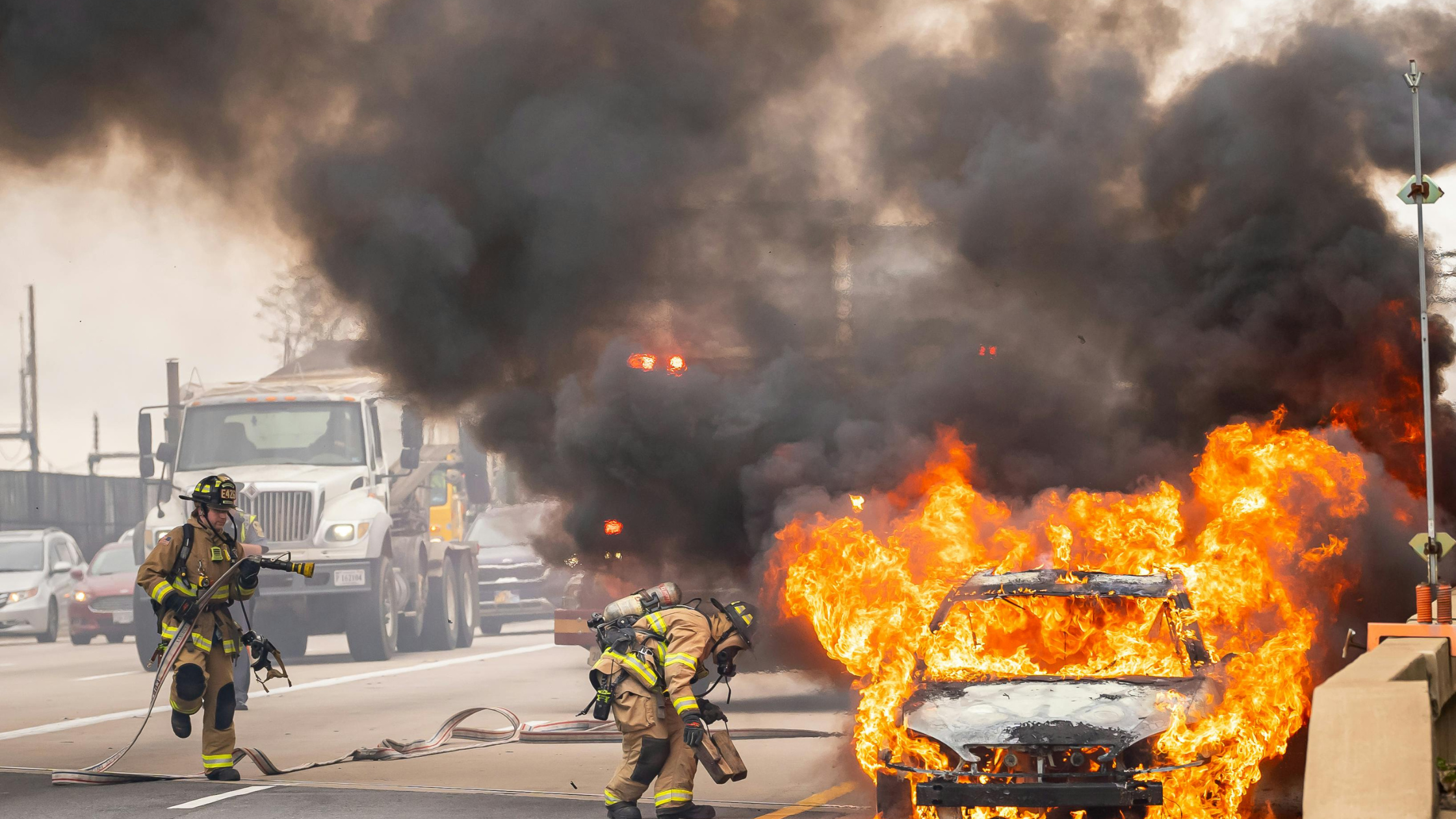Proper wound care is crucial for ensuring a successful recovery after your pet’s surgery. By following effective wound care practices, you can help prevent infections, promote healing, and minimize discomfort.
This blog post will provide you with valuable tips and guidance on how to care for your pet’s wounds post-surgery. We’ll cover essential steps, precautions, and signs to watch for. Let’s dive in and learn how to support your pet’s healing journey.
Understanding Your Pet’s Wound
Types of Surgical Wounds
Surgical wounds can vary in appearance depending on the type of surgery performed. Common types of surgical wounds include:
- Incisions: These are straight cuts made with a scalpel.
- Sutures: These are stitches used to close a wound.
- Staples: These are metal clips used to close a wound.
Common Wound Complications
It’s important to be aware of common wound complications that can occur after surgery:
- Infection: Signs of infection include redness, swelling, discharge, and foul odor.
- Hemorrhage: Bleeding can occur if the wound is not properly closed or if there is an underlying health condition.
- Dehiscence: This is when the wound bursts open, which can lead to infection and delayed healing.
Signs of a Problem
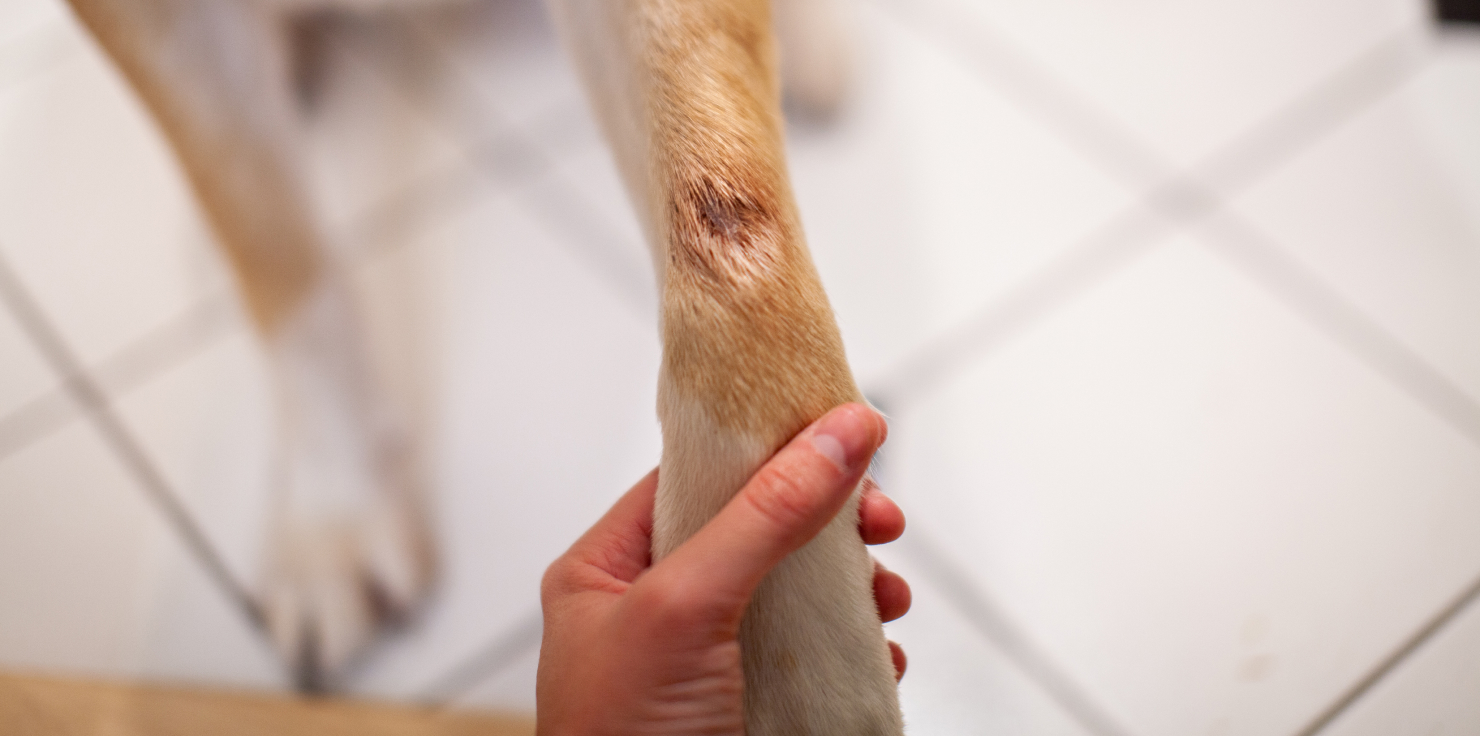
If you notice any of the following signs in your pet, contact your veterinarian immediately:
- Excessive licking, chewing, or scratching: This can irritate the wound and interfere with healing.
- Swelling, redness, or discharge: These are common signs of infection.
- Pain or discomfort: Your pet may exhibit signs of pain or discomfort if the wound is causing problems.
- Foul odor: A foul odor coming from the wound is another sign of potential infection.
Why Proper Wound Care Matters
Proper wound care is essential for a successful recovery after surgery. It helps to promote healing, reduce the risk of infection or complications, and ensure a faster recovery.
Now let’s dive into some essential wound care tips to help your pet remain happy and healthy.
Essential Wound Care Tips
Keep the Wound Clean and Dry
- Gently clean the wound: Use a clean, damp cloth to gently remove any dirt or debris from the wound.
- Avoid moisture: Keep the wound dry to prevent infection.
- Use antiseptics: Apply an antiseptic to the wound as directed by your veterinarian.
Monitoring for Signs of Infection
- Watch for swelling: Look for any swelling or redness around the wound.
- Check for discharge: Any discharge from the wound should be reported to your veterinarian.
- Monitor for foul odor: A foul odor coming from the wound may be a sign of infection.
Remember, if you notice any signs of infection, contact your veterinarian immediately.
Preventing Licking and Biting
To prevent your pet from licking or biting at the wound, consider using a protective device such as an Elizabethan collar (e-collar) or a soft recovery cone. These devices can help protect the wound and prevent irritation.
Follow Medication Instructions
It’s crucial to follow your veterinarian’s instructions regarding any prescribed medications, such as antibiotics or pain relievers. Complete the full course of medication, even if your pet seems to recover quickly.
Incorporating Pulse PEMF Therapy
PEMF therapy can be a valuable addition to your pet’s post-surgical recovery. It utilizes electromagnetic pulses to optimize cellular function and promote natural self-healing. This can potentially lead to an enhanced recovery process.
Visit our website to learn more about the benefits of PEMF therapy for pets and how it could support their recovery!
Activity Restriction and Monitoring
Limiting Physical Activity
After surgery, it’s important to restrict your pet’s physical activity to allow the wound to heal properly. Excessive movement can reopen the wound and delay the healing process.
- Follow your veterinarian’s guidelines: Your veterinarian will provide specific instructions on how long your pet should be restricted from jumping, running, or strenuous activity.
- Gradual increase: As the wound heals, you can gradually increase your pet’s activity level. Start with gentle walks and gradually progress to more strenuous activities.
Bandage Changes and Care
If your pet is wearing a bandage, follow your veterinarian’s instructions for changing it. The frequency of bandage changes will depend on the type of wound and the healing process.
- Keep the bandage clean and dry: Avoid getting the bandage wet, as moisture can promote infection.
- Monitor for signs of infection: Check the bandage regularly for signs of swelling, redness, or discharge.
Consulting with Your Veterinarian
Regular Follow-Up Visits
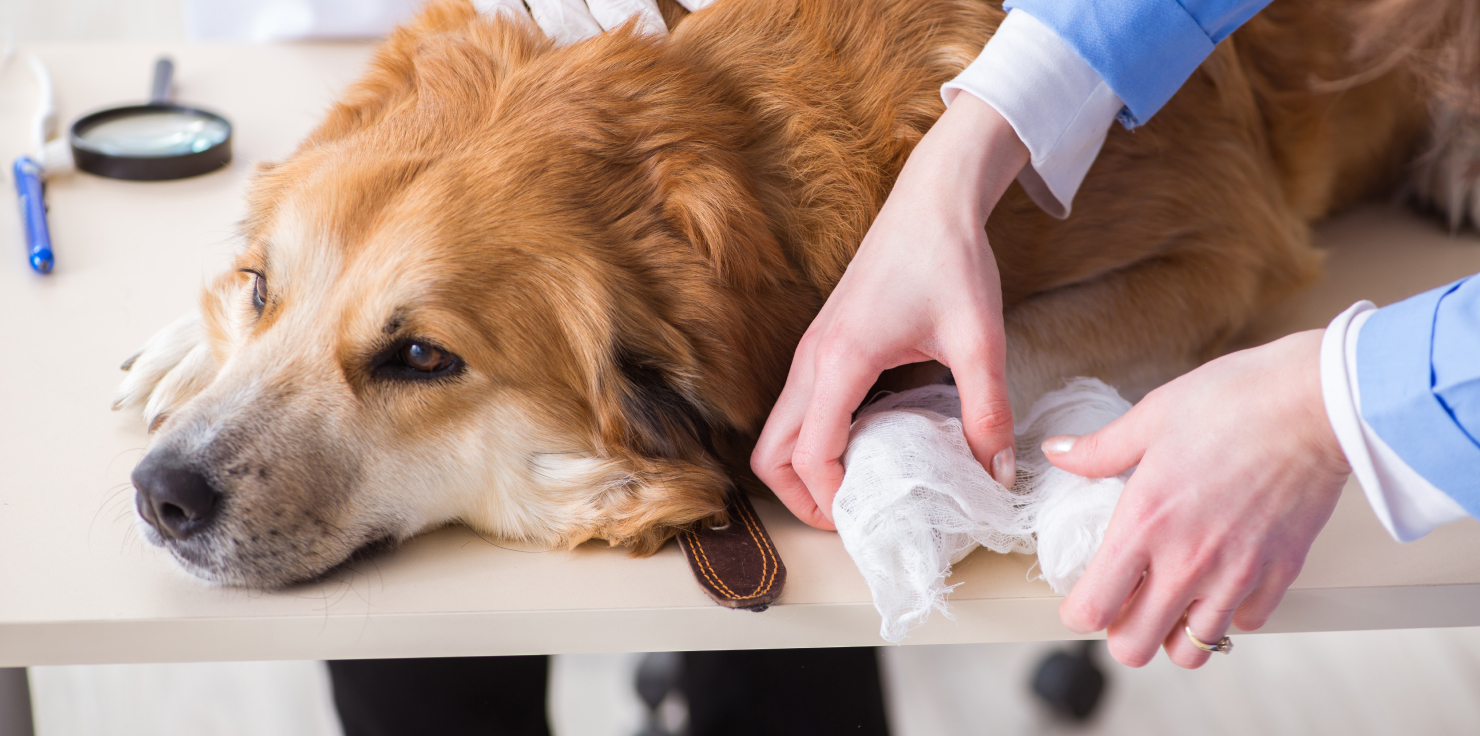
Regular follow-up visits with your veterinarian are essential to monitor your pet’s healing process. Your veterinarian will examine the wound, assess the healing progress, and address any concerns you may have.
Conclusion
Proper wound care is essential for a successful recovery after surgery. By following these key steps, you can help your pet heal quickly and minimize the risk of complications.
Remember, by staying vigilant and working closely with your veterinarian, you can ensure a smooth recovery for your pet. If you have any concerns about your pet’s healing process, don’t hesitate to reach out to your veterinarian for guidance.

